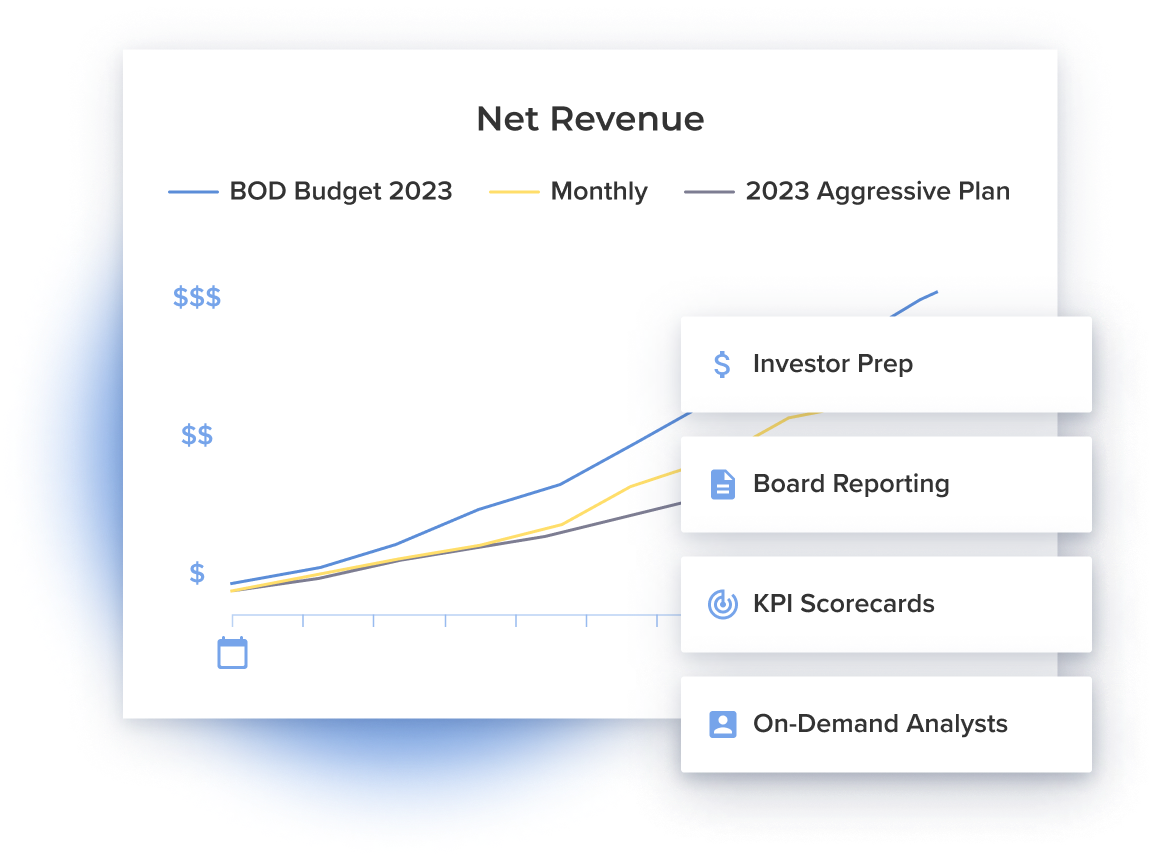Mezzanine Debt
Mezzanine debt earned its name by sitting between senior debt and equity. In that sense, many forms of debt would be considered mezzanine debt. In general, what makes mezzanine debt different is that it’s subordinated to the senior debt. This simply means that, if there’s a problem, the senior debt holders get first claim on all money until they are fully paid back. Whatever is left goes to the mezzanine debt holders until they are paid back fully. And if there’s anything after that, the equity holders get something.
Almost by definition, mezzanine debt is unsecured. In very rare cases, mezzanine debt providers and senior debt providers will agree to carve out assets that the senior debt provider does not have claim to, thus giving the mezzanine debt provider some secured assets
Mezzanine debt carries much higher interest rates than senior debt, since there are no assets to back it up, and it often comes with equity kickers or warrant coverage. These are warrants given by the borrower to the lender that the lender can then keep in their back pocket and cash in should the borrower go public or be acquired.
Warrants in private companies are obviously hard to value. Who is to say if the company will ever go public or be acquired, and at what price? Add in all the preferred share math of multiple rounds and coming up with a value is nearly impossible. But that does not mean you should not put a value on warrants when considering this form of debt. The lender obviously does — otherwise they wouldn’t ask for them. And, unless it’s a super competitive market, lenders don’t like giving them up.
In some ways, the lender is treating you like a VC treats a portfolio company. They may not be able to say what you are worth, but if they get warrants in enough companies over enough time, they can be confident on hitting some home runs and significantly juicing their returns.
So, how do you value warrants given to a mezzanine debt provider? A simple way is to think about the cost to you of those warrants when exercised. Add that to the interest cost and your sweet 11% annual rate probably won’t look so sweet any more. Private company warrant pricing is complicated. We can help you at Bainbridge on this, but for the purposes of getting to a rough apples to apples, adding in that equity value to the total fees will give you a sense of how expensive giving up warrants can be.
More importantly, remember that your company pays for debt, but you (the founder/owner) pay for equity. So those warrants are coming straight out of your pocket.
Mezzanine debt providers will sometimes create unitranche structures where you essentially blend a senior debt facility with a mezzanine debt facility. The senior debt facility will be at a much lower rate, but secured. The mezzanine debt will have a second position behind the senior debt and be at a higher rate. When you do the math (interest due on the senior portion plus interest due on the mezzanine portion, divided by the total amount borrowed), you will get a lower overall interest rate and more money. This can be really attractive because you are dealing with one entity (no intercreditor agreements), and you get a lot more money at a much more reasonable rate.
Pros:
- Good availability when the credit markets are strong.
- Good availability when your company can do $10 million+ deals. Plus, the availability goes up as you can borrow more.
- Interest rates and warrant coverage and costs will come down sharply with competition.
- Good lenders can help you get access to more capital in the future. It’s institutional money, with higher levels of reporting and due diligence, so other lenders will like that you have already gone through the process.
- Interest rates and term timelines are usually good.
- Unitranche structures are often available (lower interest rates and more money).
Cons:
- Warrant coverage or equity kickers can make this an expensive option.
- You (the founder) pay the cost of the equity.
- Mezzanine debt typically requires an intense due diligence process.
- You’ll need a strong finance team to handle reporting requirements.
- Mezzanine debt often includes balloon payments or partial balloons at term, so you either need to have the payoff on-hand or be confident in your ability to refinance. It’s easy to sign up for a three- or five-year loan when things are great, but imagine refinancing that in the midst of a recession.
Best For:
- Maturing companies that are profitable and still growing well who believe it is better to borrow money (even at high rates) to capture that growth, than to slow growth in order to completely self-fund.
- Sponsorship helps, but is not critical here. Plenty of mezzanine debt funds will do non-sponsored deals.
- Mezzanine debt is very focused on your ability to pay back. The stronger your sales, profitability, and cash flow, the better your terms and larger your facilities.
Pairs With:
- All equity
- Senior debt from non-sponsored banks



